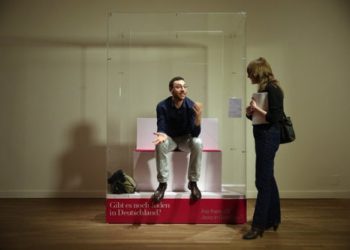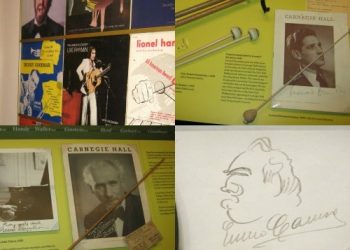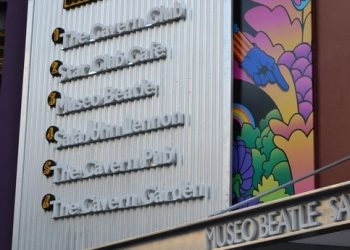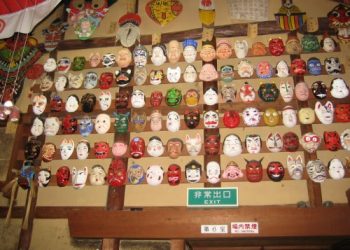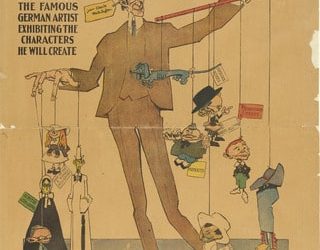Uncle Remus Museum.Yes, this place does indeed exist. Located in the small town of Eatonton in Georgia, the museum, open since 1963, is actually a complex of three original slave cabins. Inside visitors can find Uncle Remus-related memorabilia, artifacts, collector items, and shadow boxes containing scenes from the stories. In case you did not already know, Uncle Remus was a character in a series of books and songs written by Joel Chandler Harris, who grew up on a plantation in the town. Uncle Remus was a kindly old former slave who told folktales in a plantation negro dialect to children gathered around him. Today many people view these books to be controversial, racist and patronising but they still remain an integral part of the history of the South.
Yes, this place does indeed exist. Located in the small town of Eatonton in Georgia, the museum, open since 1963, is actually a complex of three original slave cabins. Inside visitors can find Uncle Remus-related memorabilia, artifacts, collector items, and shadow boxes containing scenes from the stories. In case you did not already know, Uncle Remus was a character in a series of books and songs written by Joel Chandler Harris, who grew up on a plantation in the town. Uncle Remus was a kindly old former slave who told folktales in a plantation negro dialect to children gathered around him. Today many people view these books to be controversial, racist and patronising but they still remain an integral part of the history of the South.
And believe it or not, this isn’t the only museum dedicated to Uncle Remus. There is another one in Atlanta, Wren’s Nest, the home where Harris lived from 1881 to 1908. Open since 1913, the historic house museum is original as original can be with everything left untouched. In the corner sits a stuffed owl given to Harris by President Theodore Roosevelt, who was a fan of the Uncle Remus stories. Book shelves, full of first editions of Harris’ 185 Uncle Remus tales, are next to a charming collection of Uncle Remus and Brer Rabbit memorabilia. There are even two dummies donated to the museum by Walt Disney in 1946 after the movie Song of the South was released based on the Uncle Remus stories.
Even though Harris’ family still runs this Wren’s Nest (and let’s not forget their beloved ancestor profited from the stories he “stole” from slaves during the Civil War), African-Americans were not allowed to visit the museum until 1984. In terms of interpretation, it sounds like both museums now use African-American storytellers. And these folktales are part of black heritage, so I’m sure some would think it’s good that they are being preserved and shared. From a historical perspective, I can see why African-Americans, who used to shun these museums twenty years ago, are now visiting them in record numbers. Unfortunately, whether you like it or not, this is their history and you cannot escape the past. But you’re allowed to have all the feelings. We all do.

